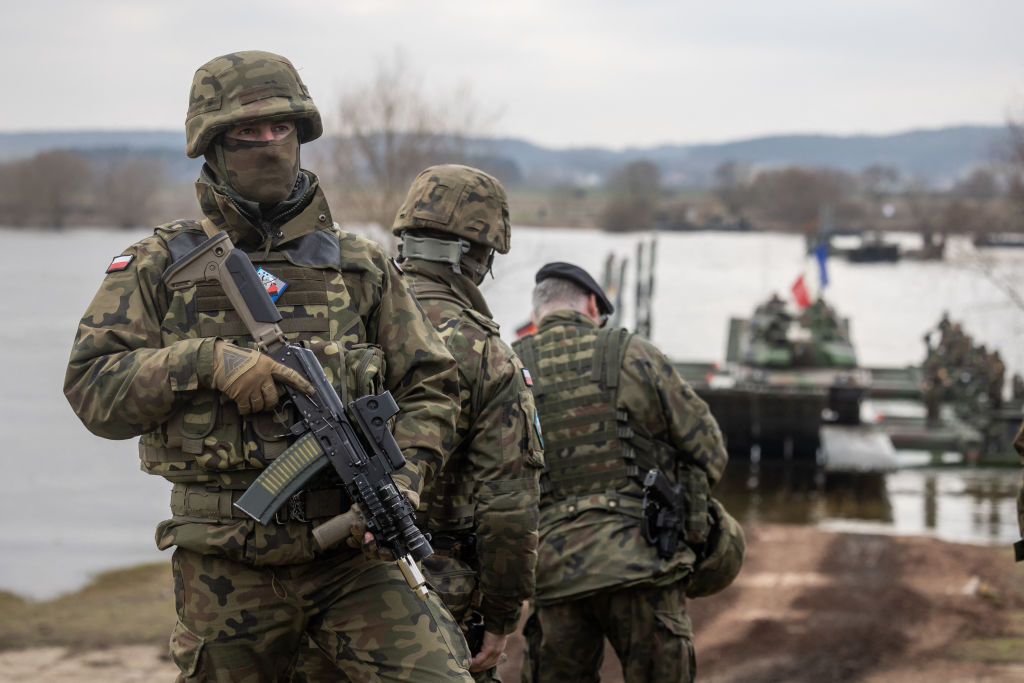On Tuesday, Rishi Sunak chose Poland to announce that the United Kingdom would boost defence spending to 2.5 per cent of national income by 2030 – leading to a real term increase of over £20 billion over the next six years. The UK is confirming itself as Europe’s military champion, but it could achieve even more by following the Polish, Baltic and Nordic example.
Forget Germany’s ‘zeitenwende’, or ‘turning point’; it is Poland and the Baltic and Nordic states which have taken the most extensive measures to deter Russian aggression. Finland and Sweden have joined Nato, something which neither considered necessary even during the height of the Cold War.
States are cooperating to defend their borders from Russia
Poland has the real ‘zeitenwende’, or, as they’d call it, ‘koniec epoki’. According to Nato’s defence spending statistics, Polish military outlay increased from £13.3 billion in 2022 to £23.3 billion in 2023 – a 75 per cent increase! Poland now spends almost 4 per cent of GDP on defence, the largest relative spender in Nato.

Get Britain's best politics newsletters
Register to get The Spectator's insight and opinion straight to your inbox. You can then read two free articles each week.
Already a subscriber? Log in






Comments
Join the debate for just £1 a month
Be part of the conversation with other Spectator readers by getting your first three months for £3.
UNLOCK ACCESS Just £1 a monthAlready a subscriber? Log in